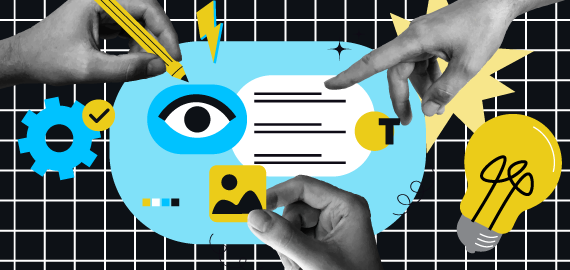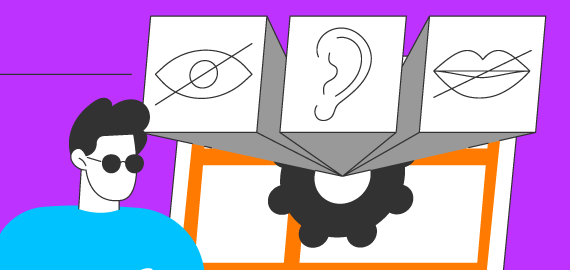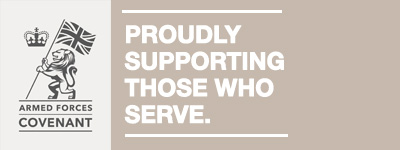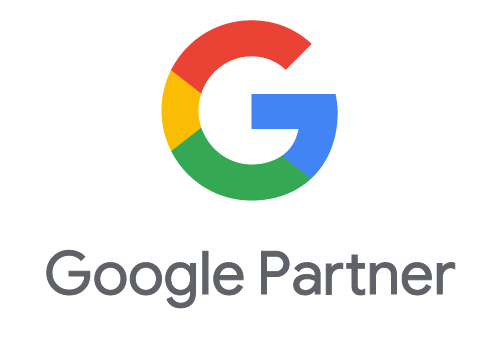Email marketing continues to be a power tool in a marketer’s toolbox. Done right, it’s hugely cost-efficient, highly effective and highly measurable. Done wrong, you might just wonder what on earth we’re going on about.
Let’s face it, we all receive tons of emails throughout our daily lives whether that’s tempting deals from our favourite shops, newsletter subscriptions or bank statement reminders.
So, what really gets you opening an email?
Here are a few of our best practices and top tips to help get your customers opening and engaging with your email content.
1. AUDIENCE SEGMENTATION AND PERSONALISATION
Knowing your target audience is key. Not just in email marketing, but in your wider marketing strategy too. Think about the kind of stuff you engage with. Let’s say you’re a sporty person who regularly scours the internet for deals on sports gear. You’re going to be more inclined to open an email from Nike that’s offering 20% off than you probably are an email from a Pets at Home offering the same (unless of course you have a pet – then that’s still a win).
All that to say, if you don’t know your audience, you don’t know what’s going to get them clicking on your content. If you create buyer personas, you and your entire marketing and sales team will be on the same page about who to connect with and how to talk to them.
Once you’ve got your personas, you can then start creating email segments (mailing lists within your master list) and even use personalisation tags i.e. including their names or if you’re B2B – their industry. For example, if you’re a Hampshire-based marketing agency (cough cough), you might consider segmenting your lists by industry type. Think email subject lines like ‘Top performing school marketing strategies’ vs ‘Winning marketing strategies’.
It can be time-consuming at the start to create these buyer personas and segment your mailing lists, but well worth it considering segmented emails increase open rates by 30% and click-throughs by 50%.
2. RESPONSIVE AND MOBILE-OPTIMISED
There are 7.4 billion mobile users in the world, and an estimated 55% of emails sent are opened on mobile devices in the UK alone. So, just like knowing your audience, responsive design and mobile optimisation goes for just about anything digital marketing.
People view email marketing content differently on their phone compared to desktop. They scroll more quickly, sometimes paying less attention than on desktop and they don’t always get to the end.
So, here are our top five things to consider for creating responsive and mobile-optimised email content:
- Put your hook at the start of your subject line and use less than 30 characters – otherwise it may get cut off
- Add your CTA at the top so users don’t necessarily have to scroll to figure out what they need to click
- Use a minimum font size of 12pt – though ideally slightly larger (14-16pt) to ensure it’s readable on smaller devices, but bear in mind a font that’s too large (36pt +) will get caught in spam filters
- Compress your images to reduce load time
- Test, test, test! Make sure you send a few test versions of your email and that you’re happy with them on both desktop computer and mobile devices
3. A/B TESTING
Torn between witty subject lines for an email campaign? A/B testing, or split testing, is a great way to see which version of an email works better. Basically, you create two different versions of an email and send them to a small, random group of your audience. Then, you check out the results to see which one gets more engagement.
Typically you can A/B test a whole array of different items from subject lines, to layout, design, CTAs and even send times. Though crucially you don’t want test more than one element at a time – otherwise it will be difficult to work out what it was that made one email more engaging than the other! However, the more elements you do test over time will ultimately help you catch on to winning trends in your audience.
In terms of measuring which version is the most effective, it’s up to you to decide what you value more for that particular campaign. When you set up your test in your email marketing platform it will usually ask how you want to decide the winner – this could be open rate or click-through rate.
4. EMAIL AUTOMATION AND LIFECYCLE CAMPAIGNS
Email automation and lifecycle email campaigns can really give your email marketing a boost by ensuring timely, personalised communication. With automation, you can set up triggers and actions – like sending welcome emails to new subscribers or cart abandonment reminders – keeping your audience engaged effortlessly. Drip campaigns, for instance, send a series of emails over time based on user actions, nurturing relationships without manual intervention.
Lifecycle campaigns enhance this by targeting different stages of a customer’s journey. For example, welcome and onboarding emails introduce new subscribers to your brand, while product information and promotions help them decide to purchase. Post-purchase follow-ups and re-engagement emails maintain and revive interest, while loyalty programs and personalised messages reward dedication.
These strategies save time, ensure consistent communication, and allow for high personalisation, making content more relevant and engaging. To implement, use platforms like Mailchimp or HubSpot, define clear goals, segment your audience, map out the customer journey, and create engaging content. Regular monitoring of your analytics will help you decide what is and isn’t working – including what might need testing!
FINAL THOUGHTS
We think implementing just some of these best practices – along with the myriad of others out there – can make a big difference to your marketing ROI. What you decide to implement will ultimately come down to what your business does, the size of your mailing list and what you want to achieve with your email marketing strategy.
Need help getting started?














